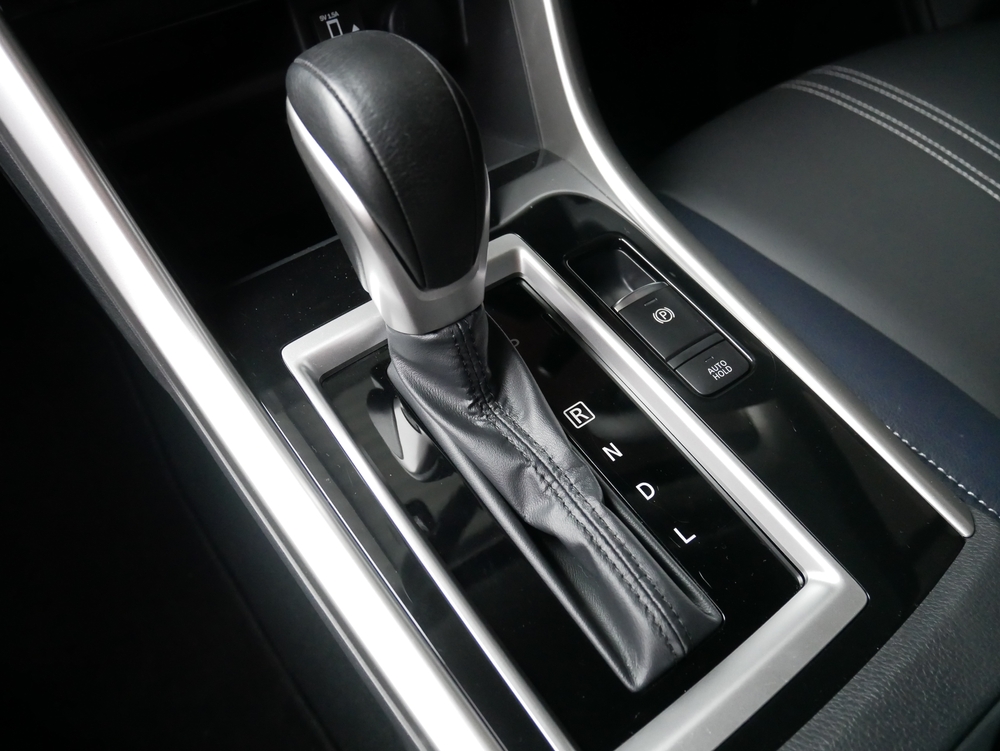Shifting Gears: A Deep Dive into Continuously Variable Transmission
Ever marveled at the buttery-smooth acceleration of a high-end luxury car, as it shifts up through the gears almost imperceptibly? That's the magic of continuously variable transmission (CVT), an often overlooked but vital piece of automotive technology that's transforming the driving experience.

The Birth of Continuously Variable Transmission
The concept of a transmission system that could change seamlessly through an infinite number of effective gear ratios was first proposed in the late 19th century. However, it wasn’t until the 1950s that the technology was refined enough to be practical in automobiles. Dutch manufacturer DAF was the first to mass-produce cars with CVT, providing drivers with a smoother, more efficient ride.
The Mechanics Behind the Magic
In traditional automatic transmissions, a complex system of gears shift up and down to match the engine’s RPMs. In contrast, CVT uses a pair of pulleys connected by a belt or chain that can vary the width, effectively changing the gear ratio on the fly. This process allows for an infinite number of gear ratios, ensuring the engine always operates at peak efficiency.
The Rise of CVT in Modern Auto Industry
In recent years, CVT has gained traction among car manufacturers for its fuel efficiency and smooth driving experience. Brands like Nissan, Honda, and Subaru have incorporated CVT into many of their models. Despite some drivers’ initial resistance due to the different feel of CVT, its benefits in terms of fuel economy and seamless acceleration have continued to drive its adoption.
Impact, Benefits, and Challenges of CVT
CVT offers several significant benefits. Its smooth, seamless shifting provides a comfortable driving experience, especially in stop-and-go city traffic. Moreover, its ability to keep the engine in its most efficient operating range improves fuel economy.
However, CVTs also come with their set of challenges. Early CVTs were prone to reliability issues, and some drivers find the lack of traditional shifting disconcerting. Addressing these concerns while maintaining the benefits is an ongoing challenge for automotive engineers.
The Future of CVTs
While CVTs are now relatively common in passenger cars, their future might extend beyond traditional applications. The technology’s inherent efficiency and smooth operation could make it an attractive option for commercial vehicles, where fuel costs are a significant concern. As CVT technology continues to improve, we can expect to see it playing an increasingly important role in the automotive industry.
To conclude, Continuously Variable Transmission represents a significant step forward in automotive technology. By discarding the traditional stepped gear system in favor of an infinitely variable system, CVTs provide a smoother, more efficient driving experience. Despite some challenges, the technology’s benefits make it an attractive option for the future of the automotive industry.




